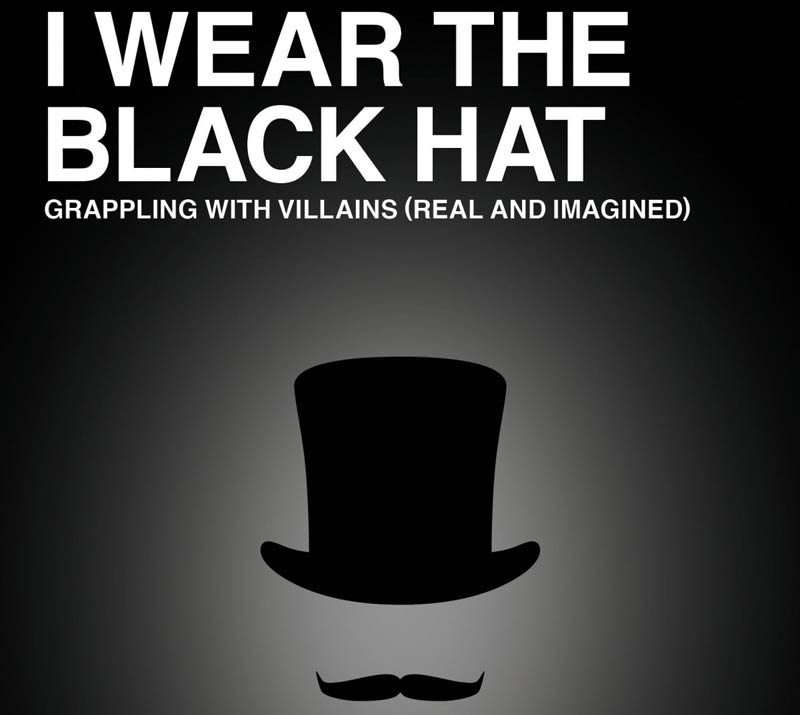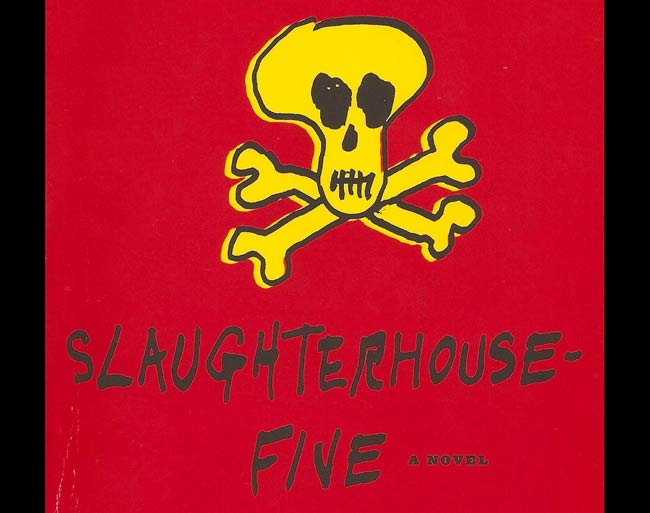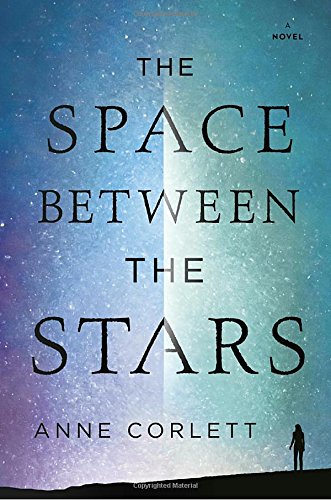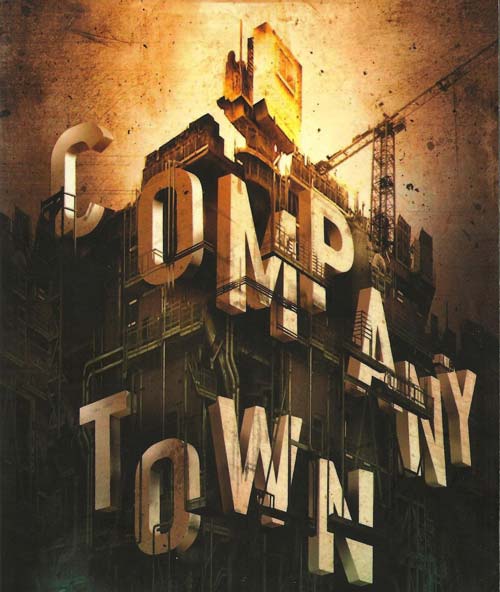Girl Goes Bust in Book, Movie
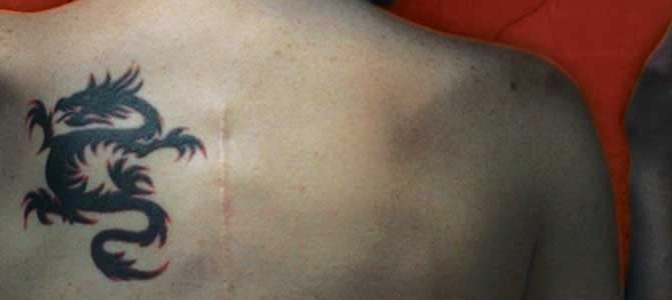
The Girl With The Dragon Tattoo – book and movie review.
(!BE AWARE SPOILERS AHEAD!)
The Girl With the Dragon Tattoo is not the-end-all-be-all that a lot of people are making it out to be and it’s certainly not the return of noir fiction that a lot of the critics were yammering about when it was first published. In fact, the book is only average in story and writing.
Girl is on par with a John Grisham novel or a Patricia Cornwell novel in that everything is neat and easy. What I mean by “neat and easy” is that there is no thinking required in this novel. Everything that happens in the novel is spelled out for the reader. Unlike true detective stories, or the noir fiction of Dashiell Hammett, we are never left guessing that one possible out come is just as possible as another. There’s never a zig when we thought we were going to zag.
As disgusting as Girl can be at times, there’s rape, mutilation, torture, and promiscuous sex just for good measure, we never really fear that our heroes won’t find out the mystery by the end the novel. Everything is solved by a keystroke or other weak plot devices that border on the absurd. Nothing is ever in question and we never fear what is around the next corner because whatever it is we know that our heroes will make it out alive.
Girl is full of moments that make you scratch your head and pause for a moment. A keystroke reveals the whole mystery in the book, which was obvious early on in the novel. It took the male protagonist, super-reporter Mikael Blomvkist, moments to find clues in a picture that was over 40 years old. It’s possible that the police and Henrik Vanger, the patriarch of the Vanger family who set the whole novel in motion, could have over looked obvious clues. However, we are told that both parties had studied everything in detail concerning the case. A few keystrokes later in the novel, after a pathetic set up, reveals that one of the many uncles floating around is…(hold your collective breath)… a serial killer. When I say serial killer I don’t mean the Ted Bundy type of serial killer, but the Nazi in jackboots serial killer. When the secret is revealed, to a tied up Blomvkist, it’s done in the most stereotypical fashion–the killer reveals everything and more because he has the hero of the story chained up in a chair! It’s a corny let-me-tell-you-everything Hollywood ending. All that was missing was a diabolical laugh.
Which only leads to another WTF moment in the novel. If Lisbeth was a computer hacker and all around whiz, why didn’t she create a program that made it seem that money was being deposited in the account that Bjurman, her legal guardian in the novel, was in control of while her actual money was being deposited in an account of her choosing? Larsson went out of his way to tell us (another problem with the novel; we are told things, but never shown things) that Lisbeth, heroine extraordinaire, can hack into computers of multi-conglomerates and get away with it. A small program, like the one I mentioned, would be nothing to accomplish.
Another problem with Girl is the girl. In Lisbeth Salander, Larsson has created a heroine on par with Wonder Woman. There’s nothing wrong with a strong heroine in a novel. Larsson should be applauded for the attempt, but he goes way beyond the “I am woman hear me roar” mentality of the women’s rights movement. He has created a heroine that can do anything and beat anyone at anything. This makes it hard to write situations that keep the reader in suspense. Lisbeth can literally do anything and beat anyone. Larsson hasn’t so much created a strong female character as created demigod.
The movie fares no better, but what can one do when the source material is weak? It doesn’t help that the director, Niels Arden Oplev, had made a movie that is almost shot for shot from the book. There’s a reason why most books made into movies are tweaked for the screen- not everything in the novel translates well to the big screen. Sometimes a director has to lose, or even add, certain things from a novel so that the movie will have a flow. Oplev does try does his best to ratchet up the creepy factor through flashbacks inspired by David Fincher’s Seven. However, it only serves to remind us that the entire movie was doomed from the start.
A lot of people get furious when someone they don’t agree with is cast in a movie from their favorite book. Readers were mad when Tom Cruise was cast to play Lestat in Interview with the Vampire. Comic geeks were irate when Christopher Nolan went with Heath Ledger to play Joker. I’m not one of these people. I figure the director knows what’s going on with their film. However, I have to make an exception in this case. In the novels, Lisbeth is described as being 24. So, whom does the casting agent decide to go with? That’s right, an actress who appears closer to 40 than 24. The bad casting decision shatters any possibility that the Lisbeth Salander character had at being believable.
The book and the movie do little to dispel my already cynical view that both the publishing and movie world cater to the lowest common denominator. However, the American remake may be better than the original. A lot of people won’t agree with me because a lot of people subscribe to the bourgeois view point that if it’s coming out of Hollywood it will be garbage. Even having Fincher direct the project won’t change the minds of these pseudo-intellectuals. I, for one, can’t wait to see the American remake. Fincher has directed some of the creepiest and grittiest movies made in the past fifteen years. Hopefully, Fincher will add a level of mystery and suspense that both the book and the original movie are sorely lacking.
Just remember: The Girl with the Dragon Tattoo is not noir fiction, Stieg Larsson is no Raymond Chandler, and you have better things to do with the two hours it will take to watch the movie.

